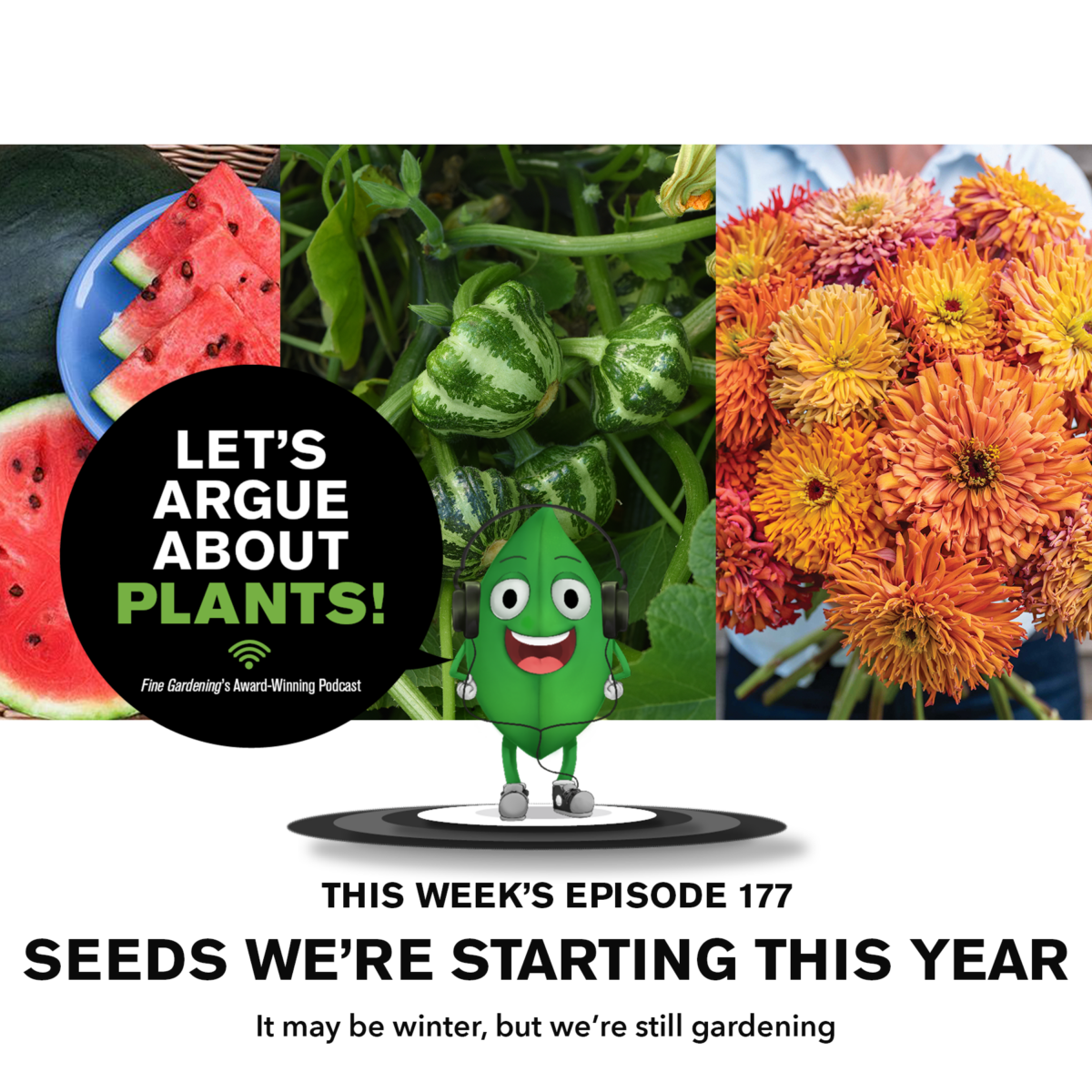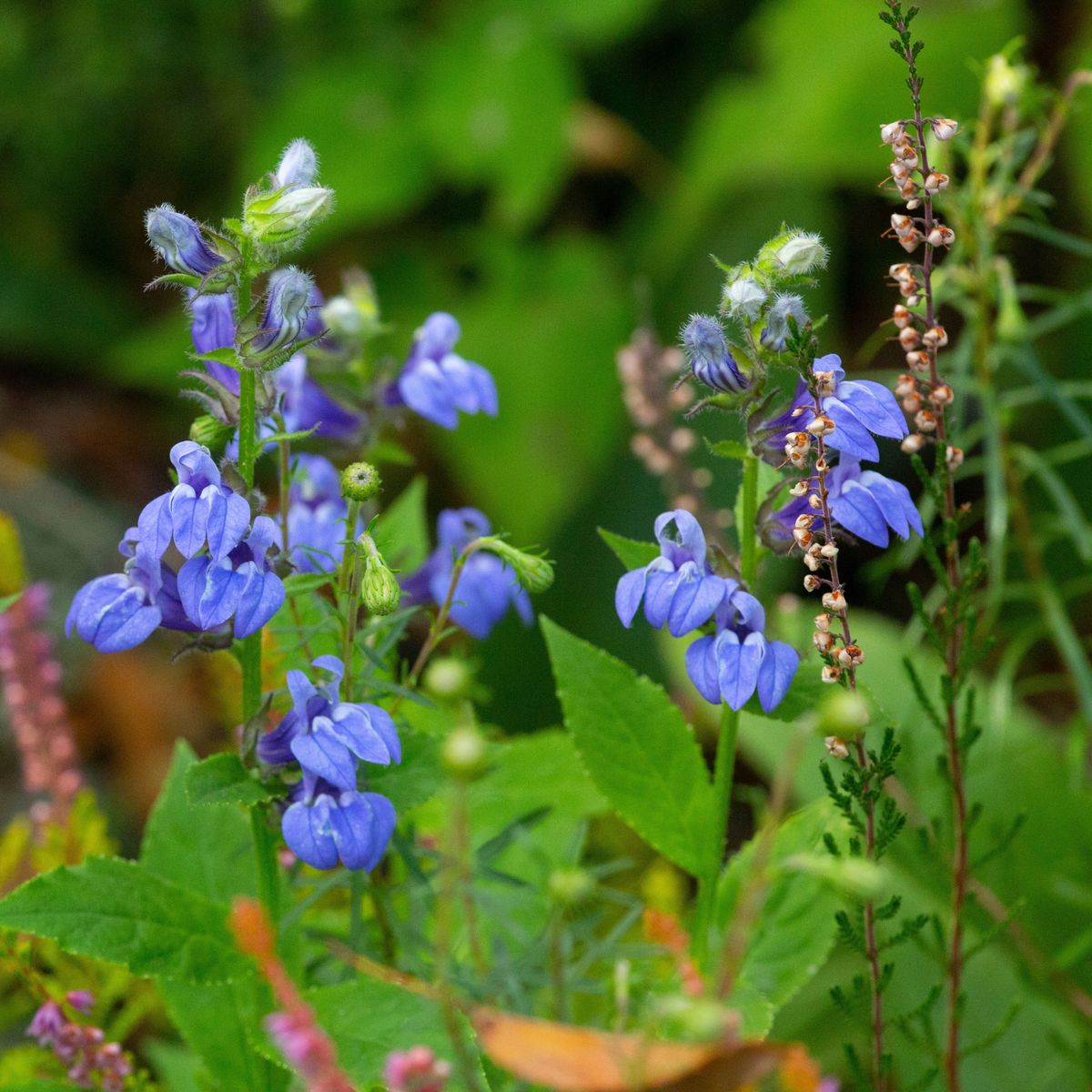PHLOX – Texas pride
(Name from Greek for a flame, perhaps first applied to another plant)
The brilliance and clean colors of the annual Phlox, P. drummondi. make it a favorite in the garden. The flowers range from white to pink, primrose, scarlet, crimson, rose, and lavender, some being perfectly clear while others have dark or white eyes. An interesting form known as the Star, Quedlinburg, or Fringed Phlox, is worth growing, not so much for its beauty, as for its curious, pointed petals. The plants grow from 6 to 18 inches tall, there being both tall and dwarf sorts. The flowers bloom throughout the Summer.
Where to Plant. The annual Phlox is excellent for masses in the border, and for solid beds. The various colored varieties, when planted in the borders, may be so arranged as to form a veritable rainbow of color. The primrose or amber colored variety is an unusual tint for the garden and one highly desired for pleasing combinations. As an undergrowth for the barer-stemmed annuals, a Phlox planting is useful, too. Those who grow Gladiolus in beds often look for a ground cover that will bloom before the Gladiolus. For this purpose, few plants equal the annual Phlox. The clear, lovely colors are especially attractively cut and arranged in clear glass bowls.
GENERAL. As this Phlox is a half-hardy annual it is best to sow the seed in boxes in a sunny window or hotbed in March in order to hasten its blooming. It can, however, be sown outdoors after danger of frost is past. Let the plants stand 8 inches apart. It will be wise to pinch back some of them to encourage branching. Phlox prefers the lighter soils, not greatly enriched, and full sunshine. Be sure to cut the fading flowers promptly so as to develop more bushy plants and lengthen the blooming period.
Information on 50+ annual flowers











